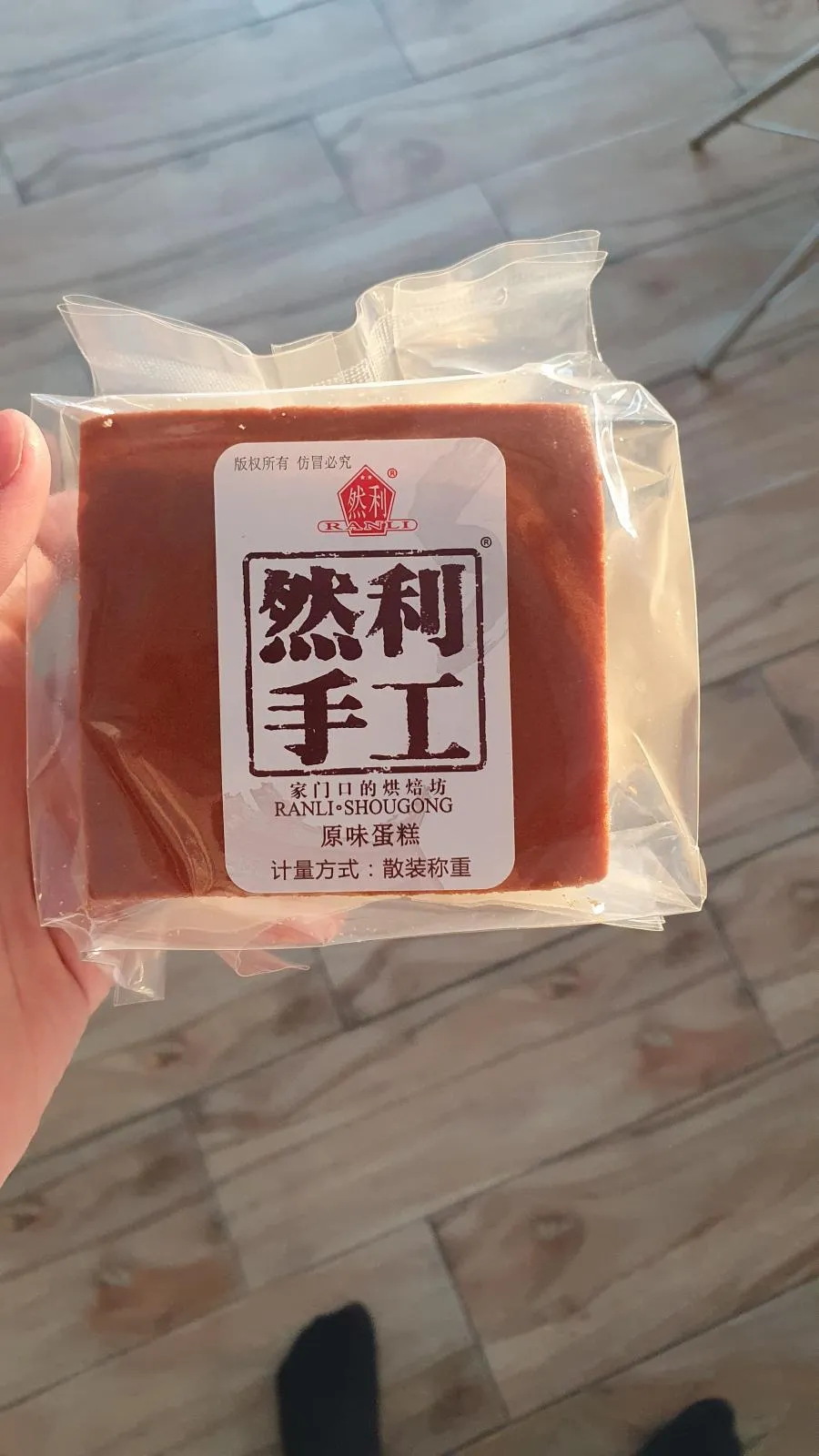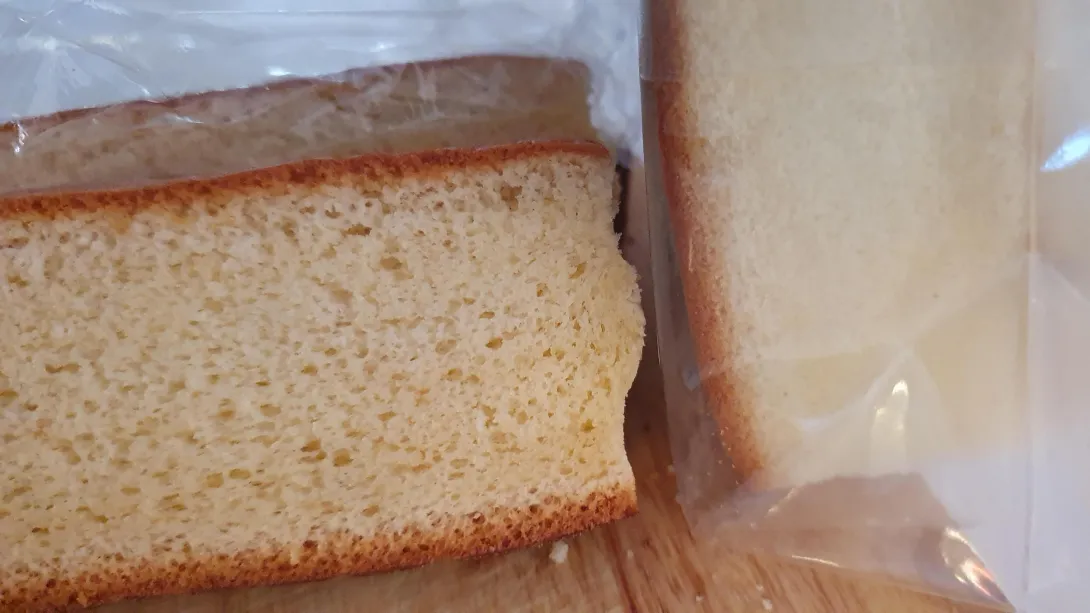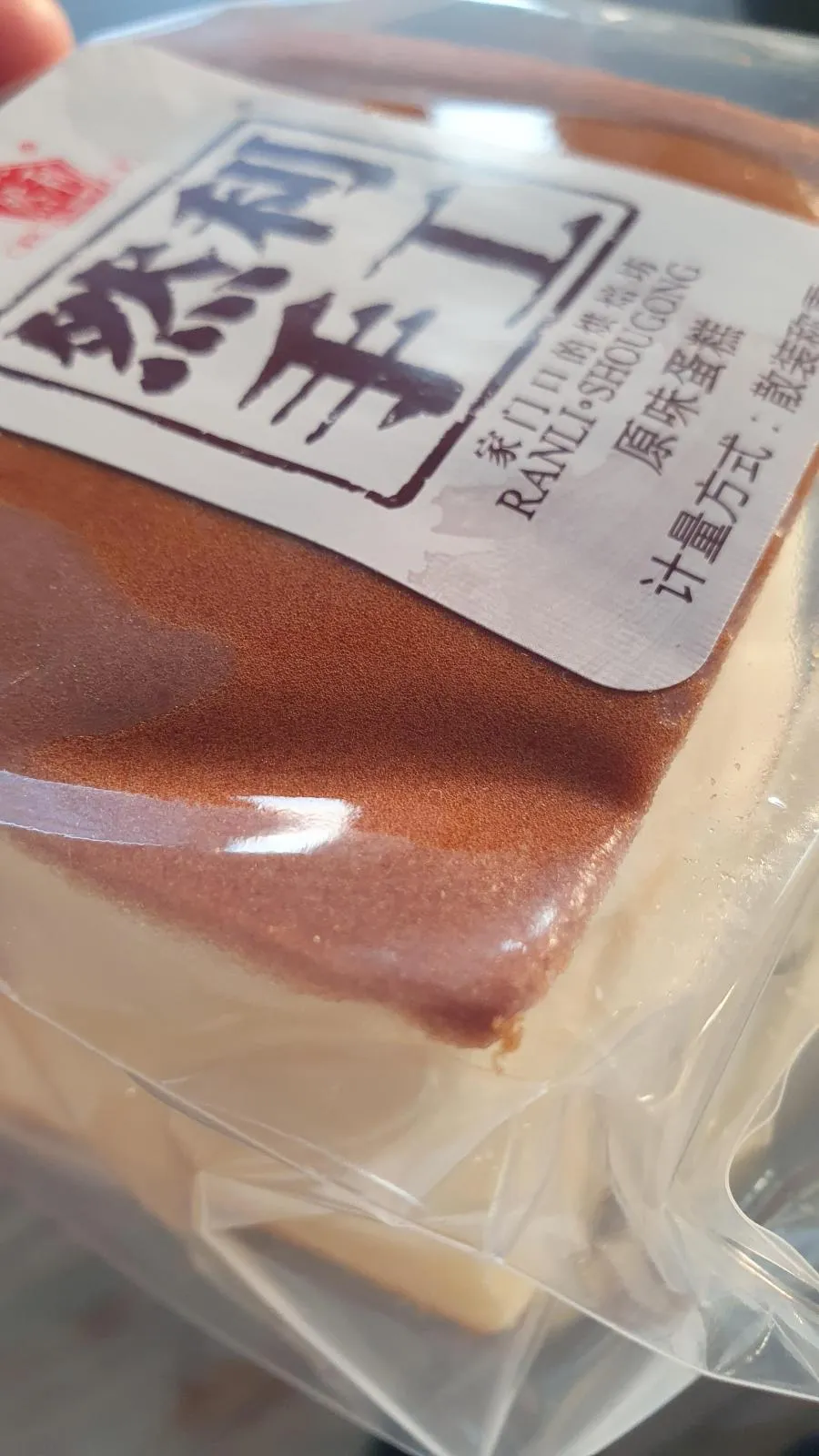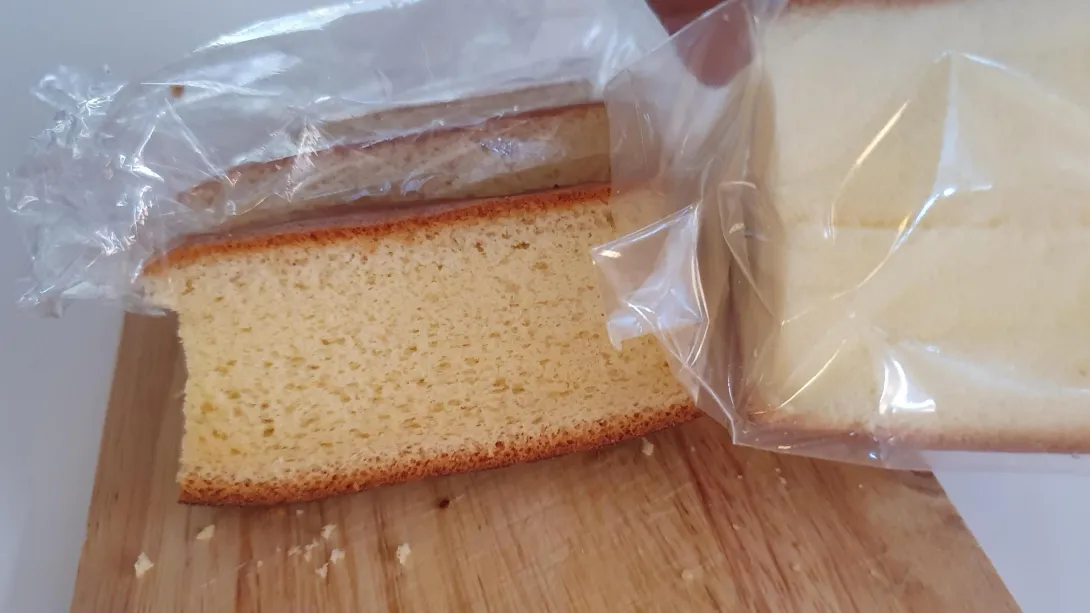
Hello my lovely Community,
I am new to this forum but I have the feeling that some of you could help me with my castella issue.
For the last few months I was trying to bake a castella cake but I am still not happy with the texture and smell.
The common sponge cake made in China is the Ranli Shougong. As you can see on the picture it has a very fine-pored texture and is a very fluffy and spongy cake.
Totally different than mine.
Let's say I am baking the cake with a lot of care, sometimes wood frame, sometimes waterbath, sifting my batter and I am also trying out different proportions of egg, flour, milk, oil and sugar. Even the sirup varies from cake to cake. (Honey, Aguave, Corn Syrup)
By the way my egg white foam is medium peak.
Also there is a striking smell of the chinese sponge cake which smells to me like a nice strong (kinda chemical) milky, vanilla-thing which I couldn't rebake yet.
I tried out tonka and different kinds of vanilla.
So in conclusion: Does someone know how I get the fine-pored texture and the striking vanilla smell into my castella cake?
My recipe:
4-5 eggs
70-100g sugar
50-100g flour (405)
15-30g honey
50g milk
30g oil



Did you use cake flour or AP flour? The pastry in the package was probably made with cake flour. I have no idea about how to get more vanilla flavor, besides putting in more vanilla. :-)
In the comments under the recipe linked below Makiko Itoh responds to a question about her recommendation not to use cake flour as follows:
"Castella has a slightly springy and moist, rather than crumbly/dry, texture - this texture (which is considered to be very desirable in Japan, for a lot of things) is mochi mochi . I think that's why bread flour is usually used, since the higher gluten content helps to make it springy-moist."
Hello
You may find it helpful to read the method presented by Makiko Itoh on her Just Hungry blog, which I make very successfully:
As I like the Japanese version of this cake I am sorry I can't comment about the flavour you are trying to replicate. Is there an ingredient label on the Ranli Handmade (然利手工) cake you purchased? That might provide a hint. It's likely to be a chemical product so perhaps be glad your Castella is made with natural ingredients. Maybe try different types of honey, there's such a wide range of flavour profiles, depending on what plants the bees forage.
Enjoy the ongoing experiment!
Me again. Just found outstanding baker Texas Farmer's Castella contribution to this site at the time of the Tohoku earthquake/tsunami. She actually links Makiko Itoh's blog too. But what caught my interest was the use of Mirin in her recipe:
https://www.thefreshloaf.com/node/22860/kasutera-castella-cake-thinking-japan
Vanilla bean seeds, scraped out of the bean, and vanilla paste, give good vanilla flavor. Vanilla extract in alcohol is a very poor baking ingredient by comparison.
version of vanilla and generally not very subtle flavour. People used to it often think real vanilla lacks in taste. Buy a premium brand ice cream and a cheap one and you’ll see the difference. Most applications use vanilla to enhance the favour of the product not to give it a vanilla flavour.
wow thank you so much for your fast and great response.
Firstly, in Germany is no differentiation like cake or AP flour. We determine the grade of corn starting from 405 (it's something like cake or AP flour) and getting higher values up to 1050 which is better for dark bread.
I've tried out 405 and 550 flour (550 has a darker colour but it also not often breaks)
Also I've tried a mix between 405 and corn flour. (but I can't tell the difference except it's maybe a bit more yellow)
Last but not least there is the special lotus red flour from asia which has a real fine touch (you can see the result on the posted pictures this one is made with lotus red flour)
Also different kinds of honey is probably a good tip. I can tell that the classical castella is made with Mizuame in Japan. However, it is "just" a kind of sugar sirup which they like to eat there. That's why it's pretty interesting that Makiko uses Mirin for a sweet flavour. I will try this.
And you guys are right, vanilla is not vanilla. I will get some vanilla with a better quality or maybe a strong vanilla paste.
"As you can see on the picture it has a very fine-pored texture and is a very fluffy and spongy cake."
If this is the texture you want to create, then it's not Japanese-style castella cake (dense). This Nagasaki cake actually doesn't use honey at all.
For fluffy & sponge cake, you can try Taiwanese-style old-time cake.
Some use hot oil with flour (like tangzhong, water roux) and water-bath baking, like this:
The recipe here (it has Chinese & English) is simpler and uses more eggs to create that texture (more traditional way):